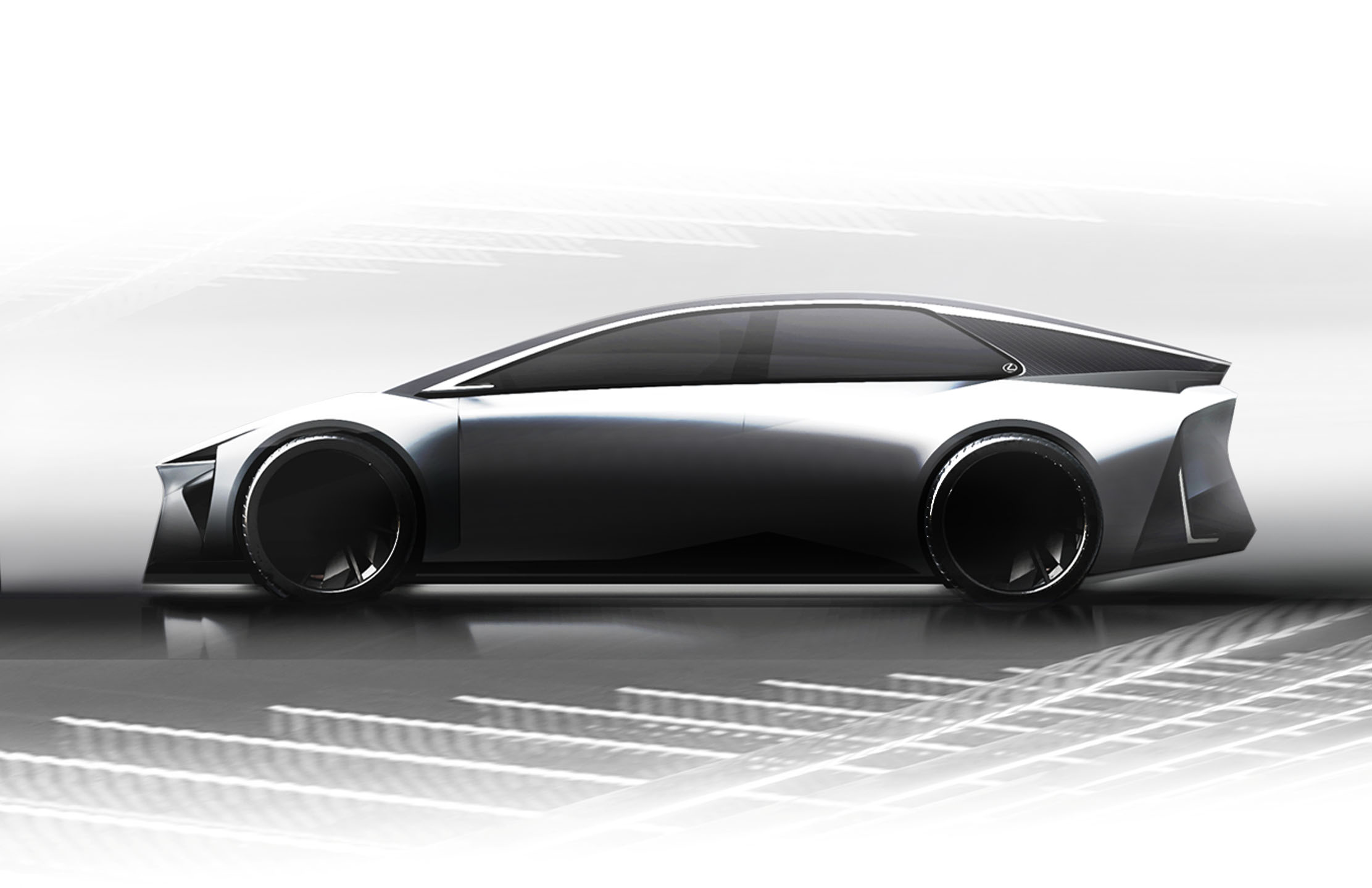The efficiencies listed are manufacturer claimed results not real world. Official numbers from Lexus are questionable. The RZ300e's net capacity is 63kWh so with their claimed 270Wh/mi efficiency it should only get 233mi of range not the advertised 266mi. The real world range will likely be closer to 233 not 266. The only way for them to get 266 is if the full 71.8kWh capacity is used, but we know the 9kWh buffer is not accessible at all. That's 33mi of range that only exists on paper or in limp mode.
There needs to be standardized tests conducted by regulators instead of manufacturers reporting the numbers themselves. The efficiency needs to be measured by wall-to-wheel methods (how much energy is actually consumed at the charger not how much is charged into the battery, so it takes DC-DC efficiency into account). Manufacturers should also ONLY report net battery capacity and not allowed to include emergency mode/limp mode range in advertised range. This way consumers can know exactly what they are getting. I have no idea why EPA still uses the stupid MPGe metric. It's not like people are trying to fill their EVs with gasoline. That needs to be replaced with mi/kWh.
More efficient BEVs are inherently cheaper because they can use a smaller/cheaper battery for the same targeted range. Toyota has made this point before. But it seems they only remember the smaller part but forgot the more efficient part.
The efficiency ratings do come from standardized testing. Range ratings are wild west and should be standardized but there are a ton of factors that impact the true range of a vehicle that vary by owner. Garage kept, ability to pre-condition, HVAC usage, outside temp, travel speed, etc, etc. I can see why the government is staying a little hands off on that. Right or wrong, I understand why they chose not to regulate range reporting.
MPGe is used because it shows the comparison of energy usage against gasoline vehicles in terms that the regular person understands. The person that didn't go past algebra in HS can understand that an ICE uses 3-4x the energy as an equivalent BEV. For people that get into the weeds with this via excel spreadsheets, it isn't much to take the mpge number and divide it by 33.7 to get the kwh/mi rating. Since 9 out of 10 cars on the road use gasoline or diesel, it's useful to understand where BEVs fall in
overall efficiency against the typical vehicle. The overall purpose, again, it to show that BEVs are FAR more efficient at using the energy put into them than gas or diesel vehicles. I believe there is an advertising element to this as well. The government wants to show the biggest gap. My wife's UX versus a bZ, for example. The UX is 1.2mi/kwh (of gas) and the bZ is 3.1mi/kwh (of electricity). It doesn't hit the same way on a window sticker as 42mpg versus 104mpge.
Tangent: I've always felt that we should show efficiency in the gal/100mi form instead of mpg because it better presents the actual operating cost. Improving a 15mpg (6.6gal/100mi) vehicle by 5mpg (5.0gal/100mi) is way more cost savings than improving a 40mpg (2.5gal/100mi) vehicle by 5mpg (2.2gal/100mi). I think this would also drive people away from purchasing trucks and SUVs over cars -- which is probably why they show mpg instead of gal/100mi. Automakers make more money selling trucks and SUVs so they probably had a say in how these were advertised intially. Similarly, with BEVs, we should probably be talking in kwh/100mi. The bZ would be 32.4kwh/100mi while my wife's UX is 80.2kwh/100mi (and my 4Runner is a whopping 177.4kwh/100mi!) That really hits home about the efficiency, IMO.
Cost is a whole other can of worms because electricity and gasoline costs vary so wildly across the US. Where I live, the energy equivalent of 1 gallon of gasoline is $5.73 ($0.17/kwh) while regular gas is $3.00/gal. So, a 104mpge rated bZ falls around $0.055/mi and my wife's 42mpg rated UX300h is $0.071/mi. True cost savings by going BEV are rather small for me. There are places with $0.06/kwh off peak and $5.00/gal gasoline and that swings the opposite way. There the bZ is $0.02/mi and the UX is $0.12/mi. Someone that uses DCFC for all their charging might be paying $0.35/kwh after the automaker's subsidy runs out and they'd actually be up around $0.12/mi. IMO, that's why we see simple, not so useful ratings on the sticker. Your personal situation really impacts whether the move to BEV makes sense or not.
Concluding my wordfort, the efficiency difference between BEV A and BEV B doesn't really matter in the long view. Getting 3.2mi/kwh isn't much different than 3.5mi/kwh. Any reasonable BEV is going to use very little energy. The rest of it comes down to your particular situation.

media.lexus.co.uk



